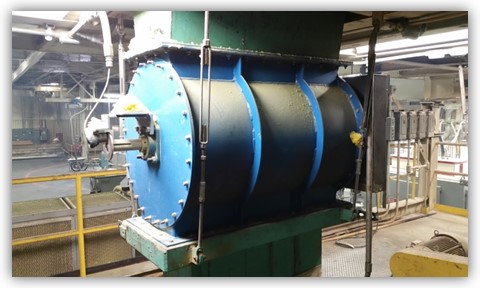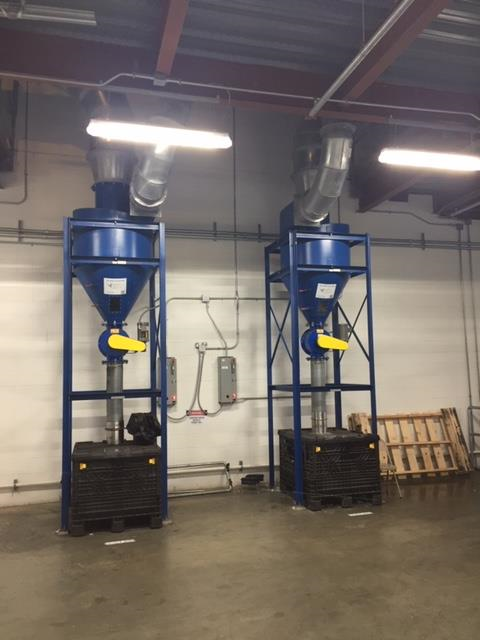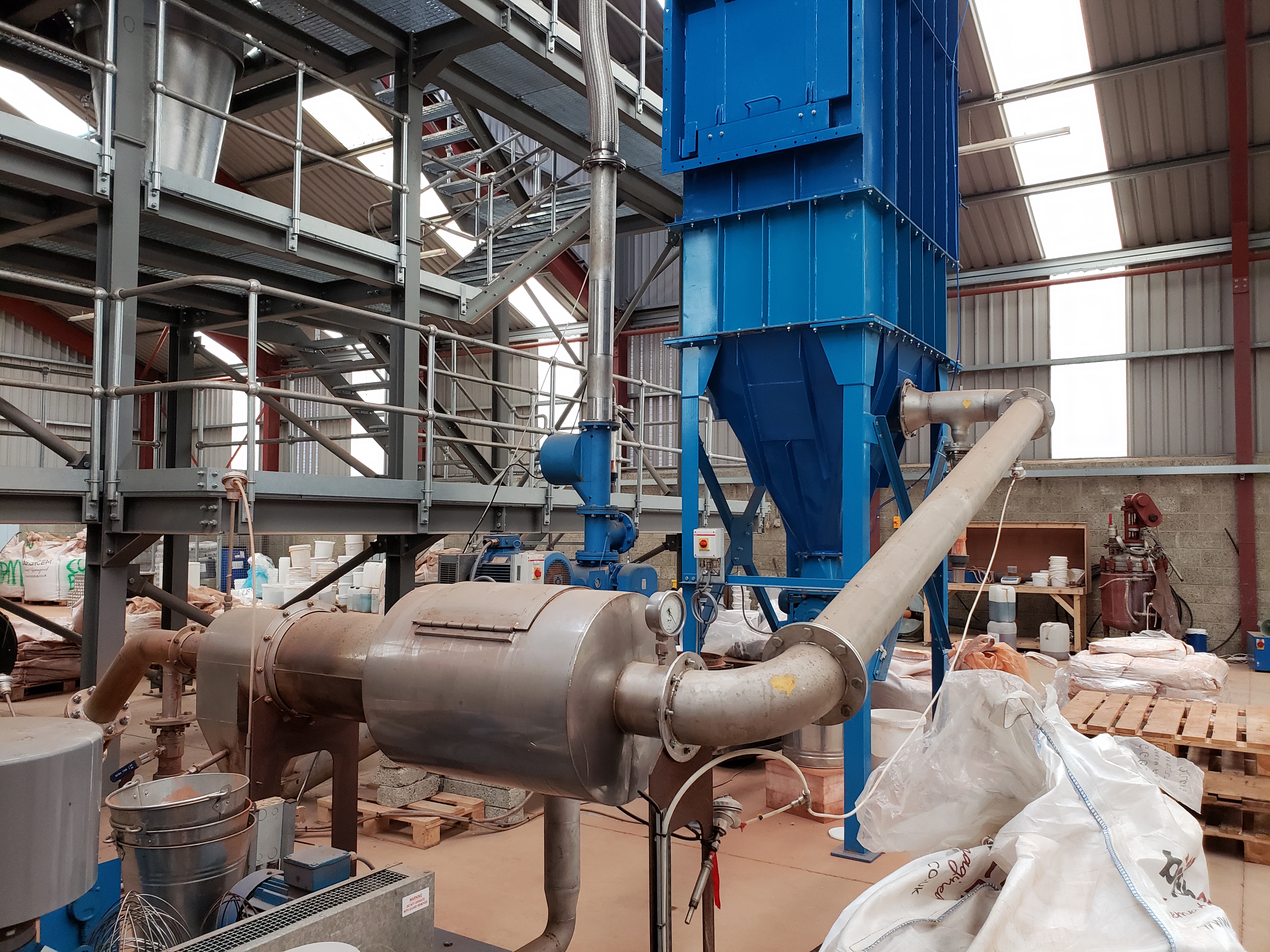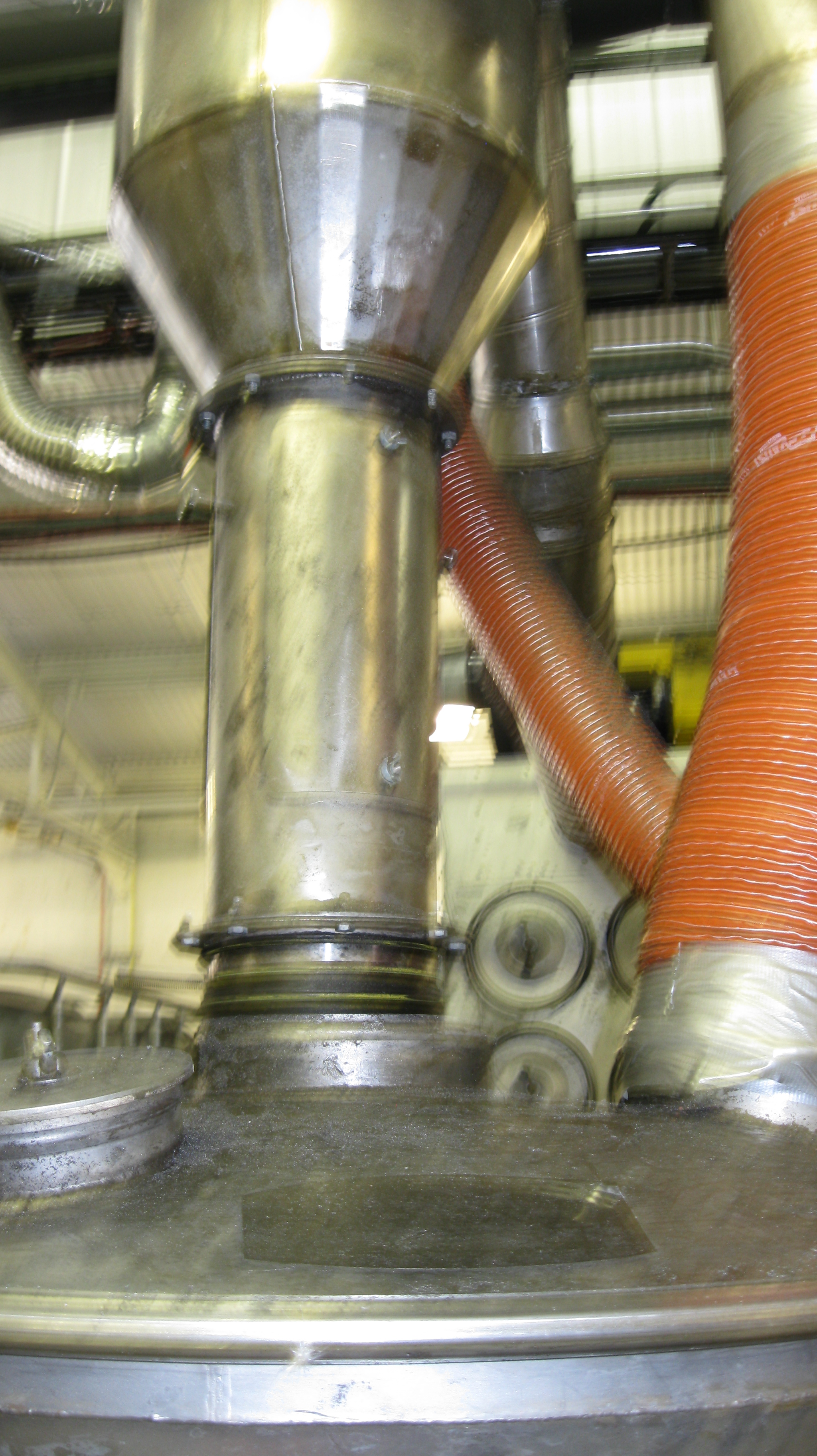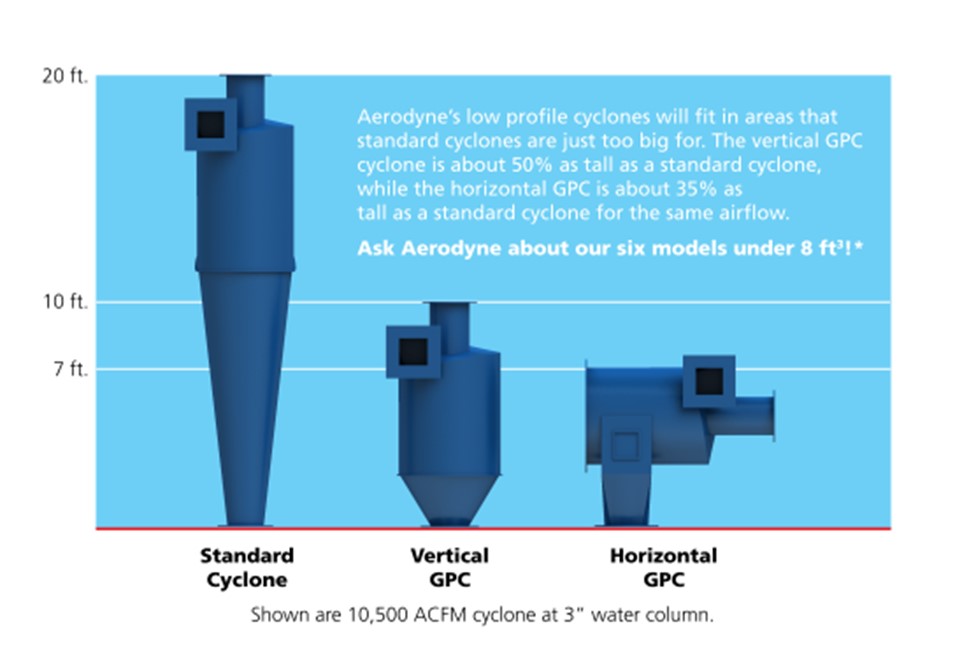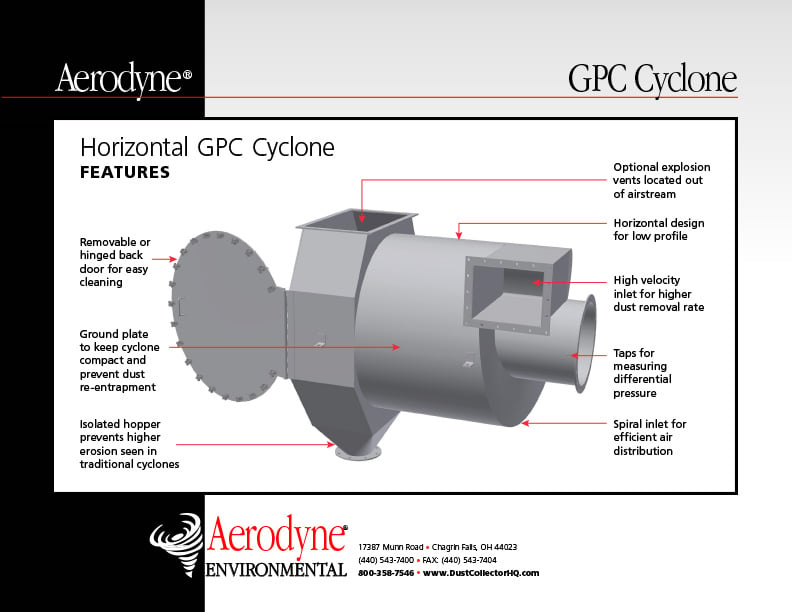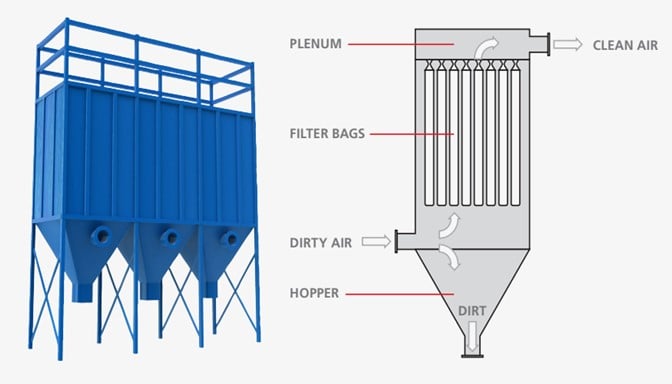Selecting the appropriate airlock for your dust collection system is crucial for ensuring optimal performance and efficiency. While the rotary valve is a common choice, exploring alternative airlock options can lead to better results tailored to your specific application needs. In this article, we'll delve deeper into the various airlock alternatives available, highlighting their features, benefits, and suitability for different scenarios.
Rotary Valve
The rotary valve is a staple in many dust collection systems, particularly when handling combustible dust. Its robust construction and reliable operation make it well-suited for a wide range of applications. However, the downside of constant air leakage across the valve can impact system efficiency and contribute to maintenance challenges over time.
Double Dump Valve
For applications where minimizing air leakage is paramount, the double dump valve emerges as a viable solution. This airlock excels in handling large, bulky materials and offers enhanced performance in scenarios where material wrapping around the rotary valve rotor is a concern. By reducing air leakage, it ensures more efficient dust collection and helps maintain air quality standards.
Trickle Valve
Cost-effective and easy to maintain, the trickle valve is an attractive option for operations seeking simplicity and affordability. Operating with a vacuum and suitable for fine, free-flowing particles, it provides efficient material discharge while requiring minimal upkeep. Its low cost of ownership and straightforward operation make it a popular choice for many applications.
Knife Gates
Designed for periodic emptying of dust collector hoppers, knife gates offer versatility in design and functionality. Available in various configurations, including knife gate, slide gate, and orifice type, they provide flexibility to accommodate different application requirements. However, it's essential to consider their sealing capabilities and potential airlock loss when open to ensure compatibility with specific operational needs.
Direct Coupling to a Hopper
Simple and straightforward, direct coupling to a hopper is suitable for low dust loading situations. While it offers ease of operation, it may require the dust collector to be turned off during hopper changes, impacting overall system uptime. Additionally, precautions must be taken in combustible dust applications to address safety concerns associated with the lower hopper.
Expanding your understanding of airlock options beyond the rotary valve can lead to significant improvements in dust collection system performance. By considering factors such as material characteristics, air leakage concerns, and maintenance requirements, you can select the most suitable airlock for your specific application. This informed decision-making process not only enhances operational efficiency but also contributes to cost-effectiveness and long-term sustainability.
For expert guidance in selecting the right airlock for your dust collection needs, don't hesitate to contact Aerodyne at 440-543-7400 or dc@dustcollectorhq.com. Their team is dedicated to helping you address your dust collection challenges effectively and efficiently.
To improve efficiency and safety, there is no substitute for an on-site inspection by an experienced expert. Click below to start with a free 20-minute phone consultation by clicking the button.

